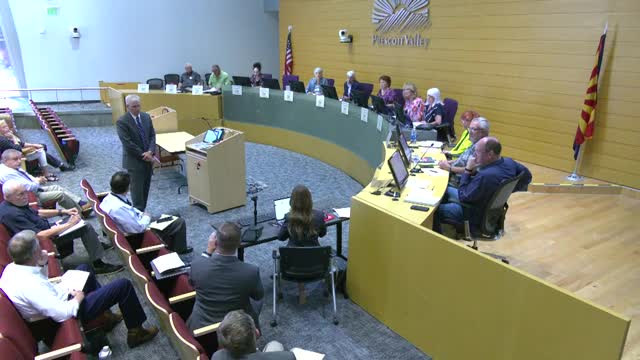New wildlife corridors plan sparks developer negotiations
September 05, 2024 | Prescott Valley, Yavapai County, Arizona
This article was created by AI summarizing key points discussed. AI makes mistakes, so for full details and context, please refer to the video of the full meeting. Please report any errors so we can fix them. Report an error »

In a recent government meeting, officials discussed the integration of wildlife corridors into local development plans, emphasizing the importance of preserving prime habitats while accommodating growth. The conversation highlighted a scenario where a developer with a 100-acre parcel might be required to set aside 50 acres for wildlife, prompting a potential increase in housing density on the remaining land. This approach, common across the state, allows for a balance between environmental conservation and urban development, with developers often negotiating for higher density in exchange for habitat preservation.
Additionally, the meeting addressed procedural changes regarding the filing of applications for board adjustments. Officials proposed replacing the current 30-day filing requirement with a more flexible \"reasonable time\" frame, which aims to ensure that property owners are adequately informed and able to respond to zoning interpretations. This adjustment is in line with state law and seeks to prevent situations where individuals miss deadlines due to a lack of awareness.
These discussions reflect a growing commitment to sustainable development practices while navigating the complexities of local zoning regulations.
Additionally, the meeting addressed procedural changes regarding the filing of applications for board adjustments. Officials proposed replacing the current 30-day filing requirement with a more flexible \"reasonable time\" frame, which aims to ensure that property owners are adequately informed and able to respond to zoning interpretations. This adjustment is in line with state law and seeks to prevent situations where individuals miss deadlines due to a lack of awareness.
These discussions reflect a growing commitment to sustainable development practices while navigating the complexities of local zoning regulations.
View full meeting
This article is based on a recent meeting—watch the full video and explore the complete transcript for deeper insights into the discussion.
View full meeting
